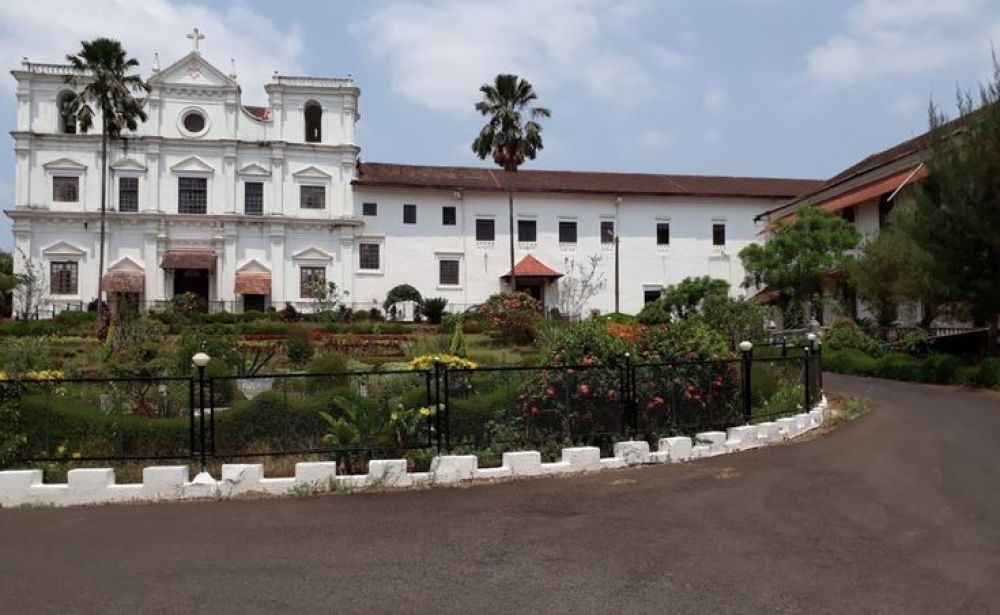

The origin of the Rachol Seminary, known formally as the Patriarchal Seminary of St. Joseph, traces back to the 16th century, marking it as one of the oldest theological educational institutions in India. Initially established by the Jesuits in 1580, the seminary was transferred to the site of the former Rachol fortress after the old structure suffered destruction during a Muslim onslaught.
The seminary, now located in the picturesque village of Rachol in South Goa, became a significant center for the propagation of Christianity in the East under Portuguese patronage. It also served as a vital institution for cultural and educational expansion in the region, imparting knowledge in diverse fields ranging from philosophy and theology to music and the arts.
The seminary's impressive white-washed structure is a fine example of Portuguese colonial architecture, with its Baroque façade and a grand entrance that narrates the architectural prowess of the era. Throughout its existence, it has withstood the test of time, serving as a beacon of religious and educational fervor.
Interestingly, the seminary is also home to a piece of the original Miraculous Cross, which is said to grow in size. This has been a source of reverence for both the faithful and curious visitors. The Rachol Seminary continues to be an active religious institution, training future priests, and a significant part of Goa's cultural and religious legacy.
For tourists interested in the rich tapestry of Goan history and Portuguese influence, the Rachol Seminary is a must-visit destination. It not only offers spiritual solace but also a journey through time. The seminary opens its doors to visitors who wish to soak in the tranquility and appreciate the essence of historical Goa.
While South Goa is often celebrated for its pristine beaches and relaxed lifestyle, historical landmarks such as the Rachol Seminary add depth and diversity to the tourist experience in this region. Its prominence in the annals of Goan history makes it a valuable addition to the cultural tours that are increasingly gaining popularity.
Recent trends in tourism around Rachol Seminary and South Goa highlight a growing interest in heritage walks and cultural exploration. Travelers are becoming more inclined towards experiences that include visits to historical sites, traditional Goan villages, spice plantations, and experiencing the local cuisine. The quiet and less commercialized environment of South Goa complements the serene experience of visiting a site like the Rachol Seminary.
Eco-tourism is also picking up, with more tourists seeking sustainable ways to explore and enjoy the natural beauty of Goa without impacting it negatively. Such trends are shaping the way tourists interact with destinations like the Rachol Seminary, ensuring that while the influx of visitors continues, the integrity of the site is maintained for future generations to come.
In conclusion, the Rachol Seminary remains not just a place of historical and religious importance but also a testament to the evolving nature of tourism in Goa. Its continuous role in shaping the educational and religious landscape of the region ensures that it will remain a landmark of great consequence for many years to come.